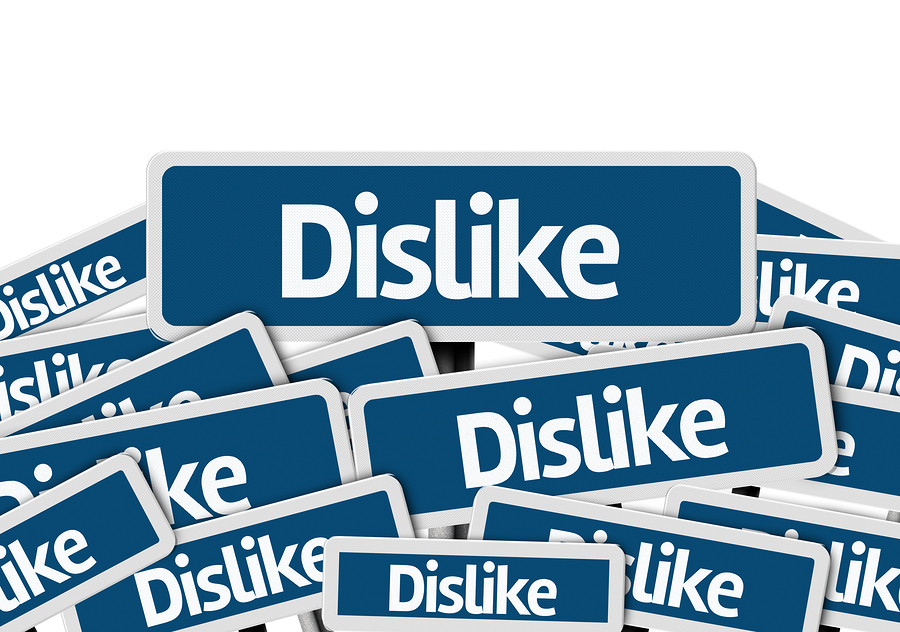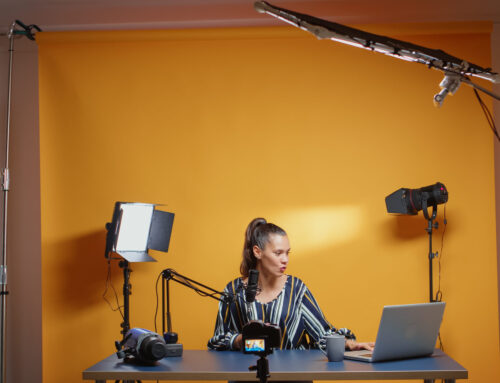 Another week, another change to Facebook. (See Mark Zuckerberg’s post from January 11, 2018.)
Another week, another change to Facebook. (See Mark Zuckerberg’s post from January 11, 2018.)
This one actually may make a big difference in how nonprofits use the networking site though.
In case you haven’t heard, Facebook is changing what you see on your news feed. You’ll now see more from your friends than from Facebook Pages. According to Facebook’s Head of News Feed, Adam Mosseri:
Because space in News Feed is limited, showing more posts from friends and family and updates that spark conversation means we’ll show less public content, including videos and other posts from publishers or businesses.
For those of us who have seen declining organic reach for a while now, this might just seems like a nail in the coffin for organic marketing via Facebook Pages. It’s easy to say, “Well, if you just post more engaging content, people will respond.” But we all know that isn’t always the answer. You can have great stuff, but if it isn’t being seen, it can’t be engaged with.
However, it’s important to keep in mind that Facebook is much more than organic posts in the News Feed.
Take a Hard Look at What You Post – A Really Hard Look.
If you’ve been using social media and your Facebook Page in particular as a pressure release valve (you know, the content isn’t good enough for print or email, but someone is making you post it somewhere), it’s time to rethink that strategy when it comes to your Facebook Page in particular.
You have the data right there in your Page Insights, and it’s the same data that Facebook will be using to determine what it shows to people. Look at what gets engagement and what doesn’t. Pull back hard on the stuff that doesn’t get engagement, period.
Start a Social Media Ambassador Program.
An Ambassador Program is simply a group of people who will talk about your nonprofit on their social networks, tagging your page, adding comments, and sharing your posts.
Start by asking your biggest fans – board members, volunteers, donors – to join the program.
You will need to be clear about what you want them to do and how often you want them to do it.
Here are some examples of programs:
A word of caution: You can’t be super paranoid and use this strategy successfully. While you can tell your ambassadors what to post, you don’t have control over the final published post, and you don’t have any control over anything else they post to their account. Your organizational brand could be tarnished if one of your ambassadors posts something offensive even if it isn’t in relation to your cause.
Of course, if you are a thought leader or have a really well-known or liked brand, you have unofficial ambassadors already. For example, when people ask nonprofit communications questions in various Facebook Groups that we don’t manage, other people will often recommend Nonprofit Marketing Guide as a resource, tagging our company Page or Kivi directly. Naturally, we LOVE this kind of word-of-mouth marketing!
Start a Facebook Group, or Get Active in Other Groups.
Facebook is reinvesting in Groups, because that’s one of the ways that humans (not brands) engage with each other on the platform. Groups still seem to have the same placement in the News Feed as they always have. And the many different Group functions available also make it a good choice to connect with your supporters. While you can’t advertise in groups, it’s reasonable to assume that Facebook will want to monetize them at some point and allow some advertising.
However, a Facebook Group that you manage usually needs more attention than a Page does. Some Groups have members that take charge and are constantly engaging with one another while others take more prompting from you.
We have three moderators for our All-Access Pass Holder Facebook Group who help us by bringing different voices to the conversation, responding to posts to keep conversations going, and by coming up with content to share that’s designed to engage our members.
You do have more control over Facebook Groups in that you have supervision over what is posted. Offensive posts can be deleted or addressed on your terms. You may not have the same reach as with an Ambassador Program though since posts will still be seen only by those who choose to join.
Pay to Play in the News Feed.
If you’ve never even boosted a post, let alone run an ad on Facebook, it’s time to accept the reality that Facebook advertising needs to be a part of your communications budget. It doesn’t have to be thousands of dollars! You can make good use of even $20 a month.
Add More Live Video to Your Page.
Facebook has made it clear that it still loves live video. Think about how you can use live streaming at your nonprofit. It can be more formal, regular shows, or more casual behind-the-scenes streams.
We at Nonprofit Marketing Guide will be starting a weekly show very soon and doing much more live video this year, both on our Page and in the various Groups that we manage and participate in regularly. We are on the learning curve ourselves and will share what we learn with you as we go along.
But before you take on any of these strategies, ask yourself these questions:
- What results are we seeking?
- Who are we trying to reach?
- What are we trying to get them to do?
- Why should they care?
- Is this the best channel to reach them?
With any marketing endeavor you need to know why you are doing what you’re doing.
No matter what you decide, you still need to have engaging content or none of this matters.
If these answers don’t lead you to Facebook, that’s fine. It may be time to focus more of your time on other channels (like email). Our 2018 Nonprofit Communications Trends Report (which is being released tomorrow) shows us that nonprofit professionals already wanted to spend less time on social media before this announcement was made.
But if you do continue with your efforts on Facebook, we’d love to hear from you about how you did it! Comment below or contact me…





